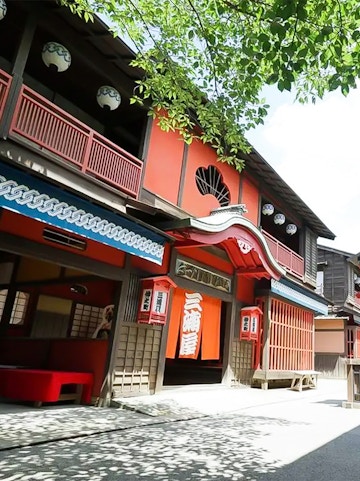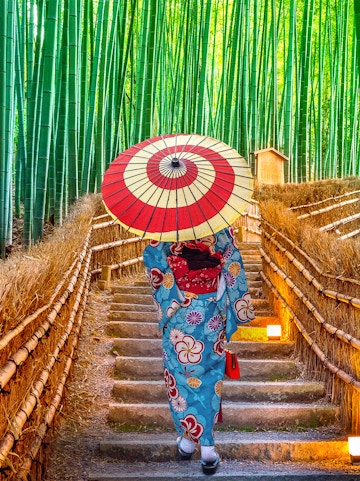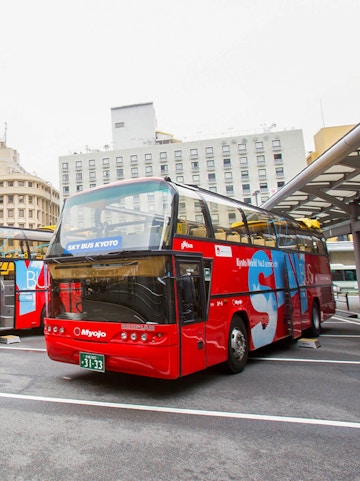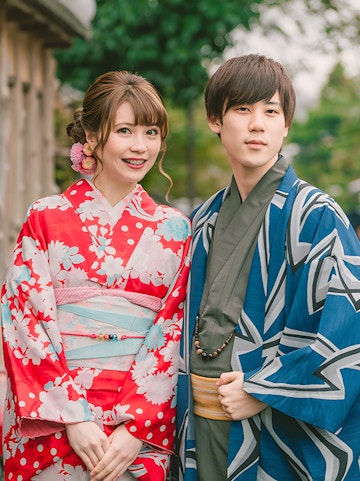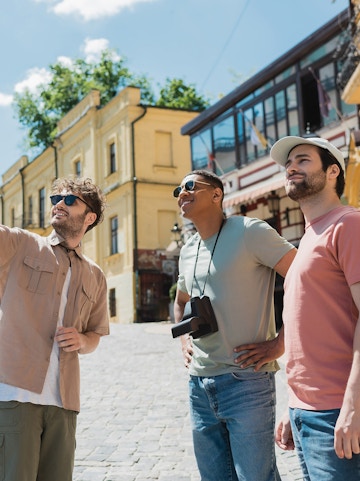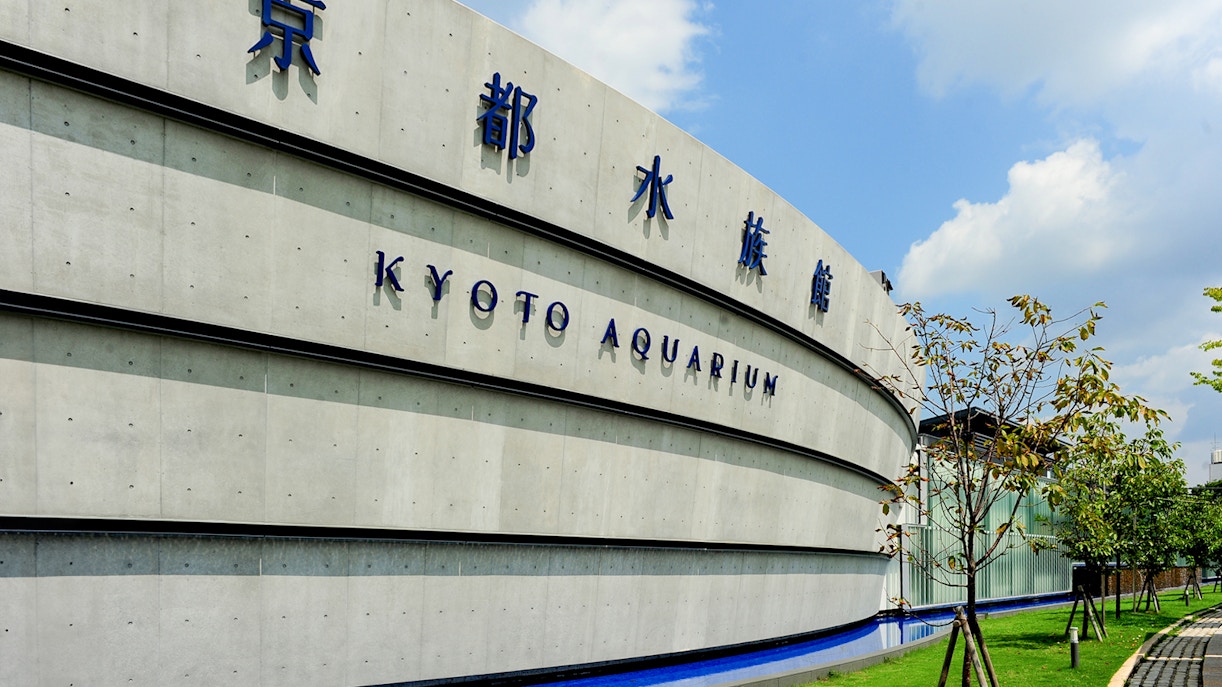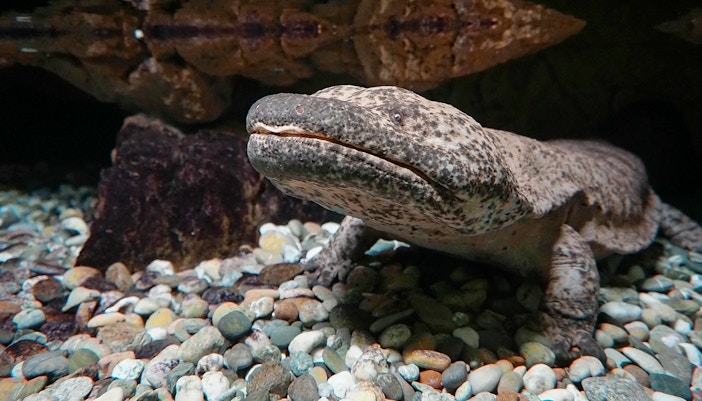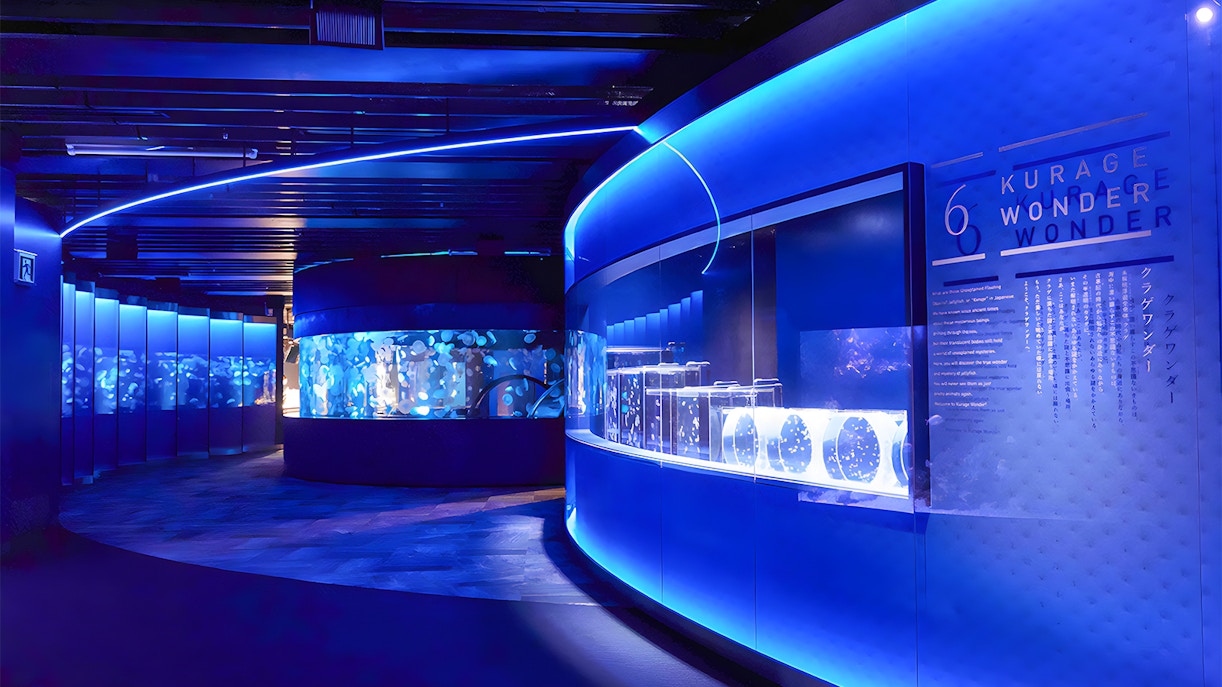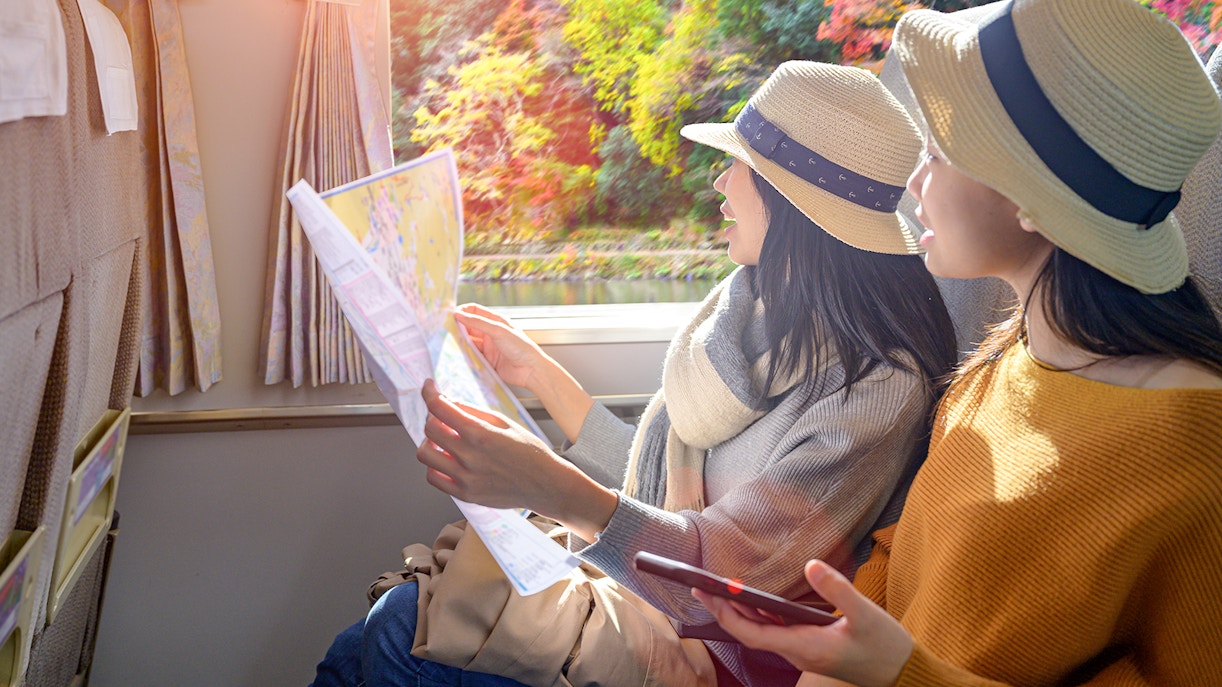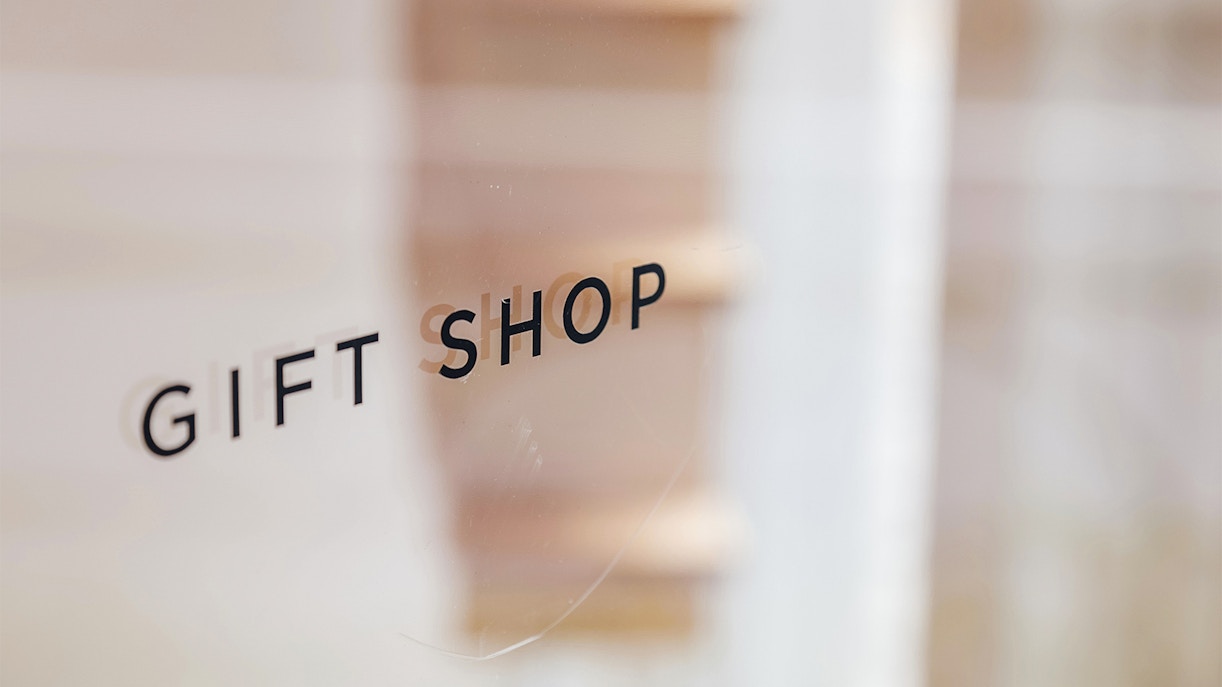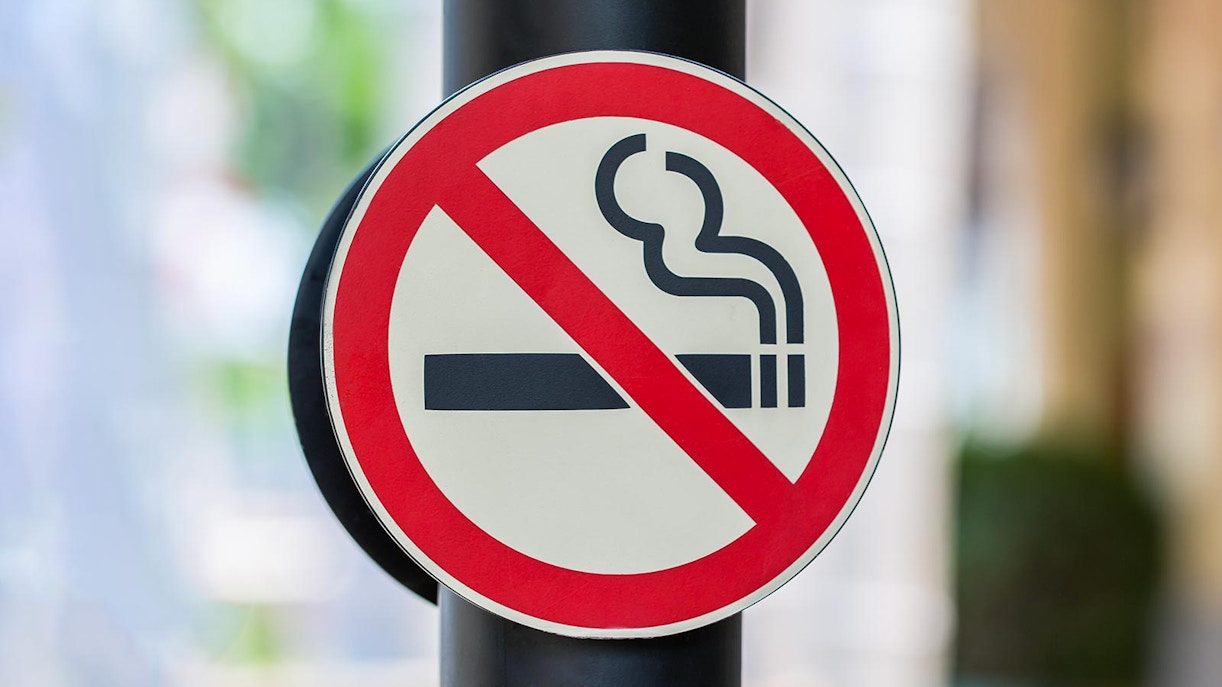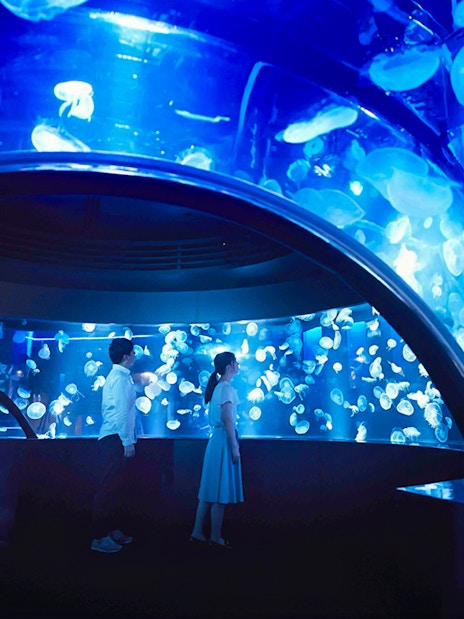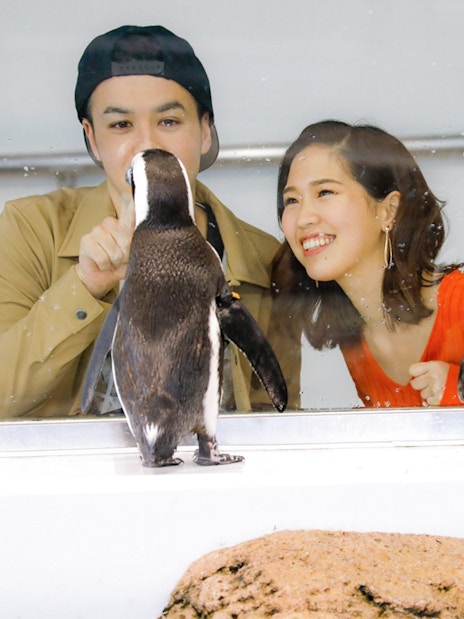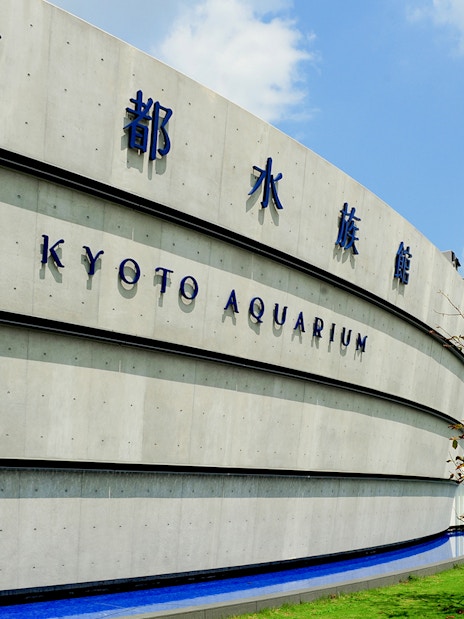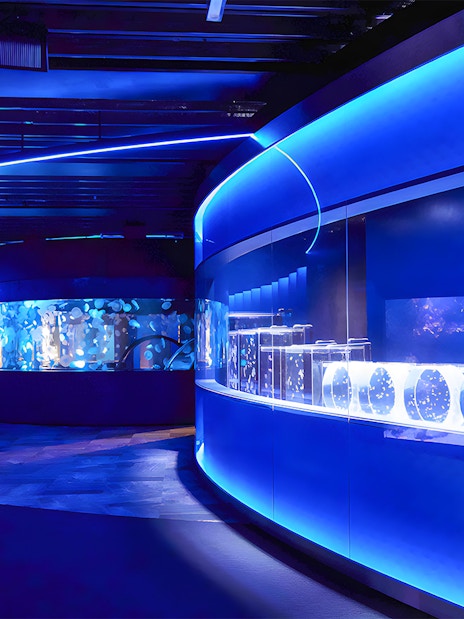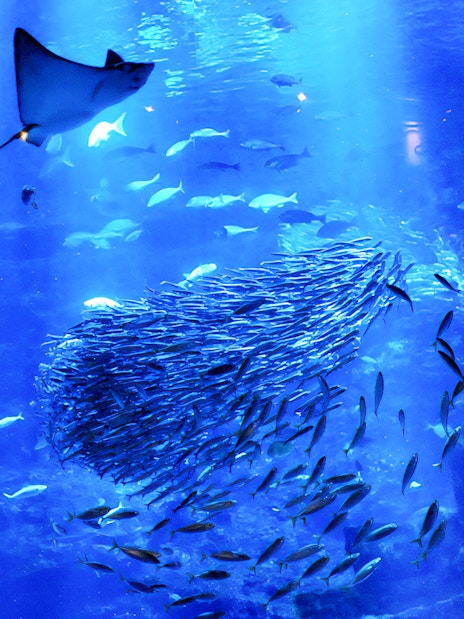Kyoto Aquarium | A Kyoto-Themed Journey Through Marine Life
Trade Kyoto's ancient temples for coral kingdoms and aquamarine abysses. Dive into Kyoto Aquarium, where penguins prance on icy shores and jellyfish pulse like living lanterns. Explore rich coral reefs, stand eye to eye with the world’s largest amphibians— the Japanese Salamander, meet giants older than temples, and watch dolphins dance in a theater painted with tradition. The aquarium cranks edutainment to the max.
Sound exciting? Read on to know all about your best ticket options, what to expect, and all the information you’ll need to plan the perfect visit.




